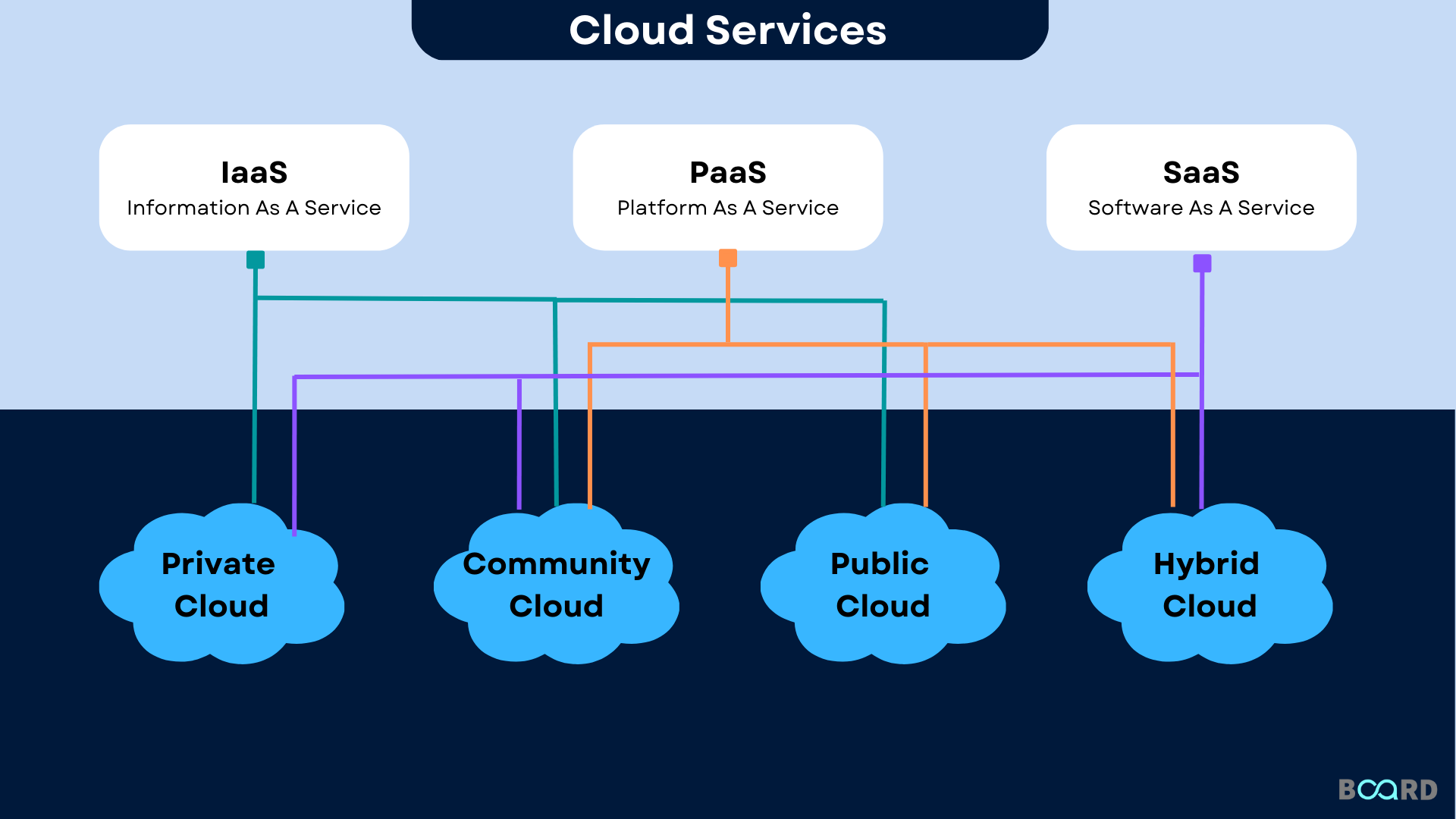Drive Technology: Utilizing the Power of Cloud Solutions
In the fast-paced landscape of modern-day company, using the power of cloud services has actually come to be a critical component for companies aiming to drive advancement and keep an affordable side. The capability to range resources dynamically, adopt sophisticated technologies flawlessly, and simplify advancement procedures effectively can considerably influence an organization's capability to introduce and adjust. As we explore the complex connection in between cloud services and technology, fascinating understandings on just how cloud remedies change standard organization techniques and lead the way for groundbreaking improvements will be revealed.
Benefits of Cloud Provider
Cloud services supply countless benefits to services and individuals seeking adaptable and efficient remedies for their electronic demands. One of the vital advantages of using cloud solutions is the cost-effectiveness they offer.
Moreover, cloud solutions improve availability and cooperation amongst groups. With information kept in the cloud, staff members can safely access documents and applications from anywhere with an internet connection, advertising remote work capabilities and boosting productivity. Real-time partnership functions make it possible for multiple customers to deal with records at the same time, promoting seamless team effort no matter physical area.
One more advantage of cloud services is the boosted data safety and catastrophe recuperation they offer. Cloud companies apply advanced safety and security procedures to shield information from cyber threats, ensuring compliance with market laws. In addition, automatic back-ups and healing options minimize the danger of information loss due to unpredicted occasions, giving assurance to users.
Cloud Movement Strategies
Transitioning to shadow solutions entails precise preparation and strategic implementation to guarantee a smooth and reliable movement process. There are numerous cloud migration techniques that companies can think about when relocating their operations to the cloud. One typical strategy is the 'Rehost' method, where applications are raised and moved to the cloud with marginal modifications. This method fasts yet may not fully maximize cloud advantages. The 'Replatform' approach entails making some cloud optimizations throughout movement, such as updating the application design to capitalize on cloud-native features. Cloud Services. For an extra comprehensive transformation, the 'Refactor' method includes rearchitecting applications to be cloud-native, enhancing scalability and efficiency. Additionally, the 'Repurchase' strategy includes replacing existing software program with cloud-based choices, while the 'Retire' approach involves deactivating repetitive applications. Picking the ideal movement strategy relies on variables like price, timeline, and wanted outcomes, needing a mindful evaluation of each choice's benefits and obstacles.
Enhancing Cooperation in the Cloud
Enhancing team cooperation through cloud-based devices can significantly enhance efficiency and simplify moved here interaction within companies. By leveraging cloud services, teams can work with each other flawlessly no matter of their physical locations, enabling real-time partnership on jobs.

Safety And Security Considerations for Cloud Fostering
Just how can companies make certain the durable safety and security of their data when taking on cloud solutions? Protection considerations are extremely important in the fostering of cloud solutions. Normal security audits and surveillance of the cloud environment aid in finding and mitigating any type of safety and security breaches immediately.

Cloud-Native Advancement Practices
In the realm of cloud computing, accepting cloud-native innovation techniques is vital for companies striving to maximize their digital infrastructure and boost functional efficiency. Cloud-native development techniques entail developing applications particularly for cloud atmospheres, leveraging the scalability, flexibility, and agility that cloud services provide. Deliberately applications with cloud-native additional resources concepts in mind, such as microservices architecture, containerization, and orchestration, organizations can improve their growth procedures, enhance source utilization, and react better to changing market needs.
Furthermore, cloud-native technology practices promote constant integration and continual distribution (CI/CD) pipelines, enabling automated screening, implementation, and monitoring of applications. This repetitive technique promotes faster development cycles and enhances total software program high quality. In addition, using serverless computer and managed services allows companies to focus on developing core organization capabilities while unloading facilities monitoring jobs to cloud company.
Basically, accepting cloud-native development practices encourages organizations to drive development, speed up time-to-market, and stay affordable in today's rapidly progressing electronic landscape.
Conclusion

As we check out the complex connection in between cloud services and technology, interesting insights on how cloud services revolutionize standard service practices and lead the method for groundbreaking improvements will be disclosed. - universal cloud Service
There are numerous cloud movement techniques that companies can take into consideration when relocating their procedures to the cloud. Cloud-native development practices include establishing applications particularly for cloud atmospheres, leveraging the scalability, adaptability, and dexterity that cloud solutions supply. Additionally, the usage of serverless computer and took care of solutions enables companies to concentrate on establishing core organization capabilities while offloading infrastructure monitoring jobs to shadow service carriers.
It is imperative for business to take into consideration cloud movement approaches, enhance partnership in the cloud, and prioritize protection procedures to make certain successful fostering of cloud services and drive technology within their organization.